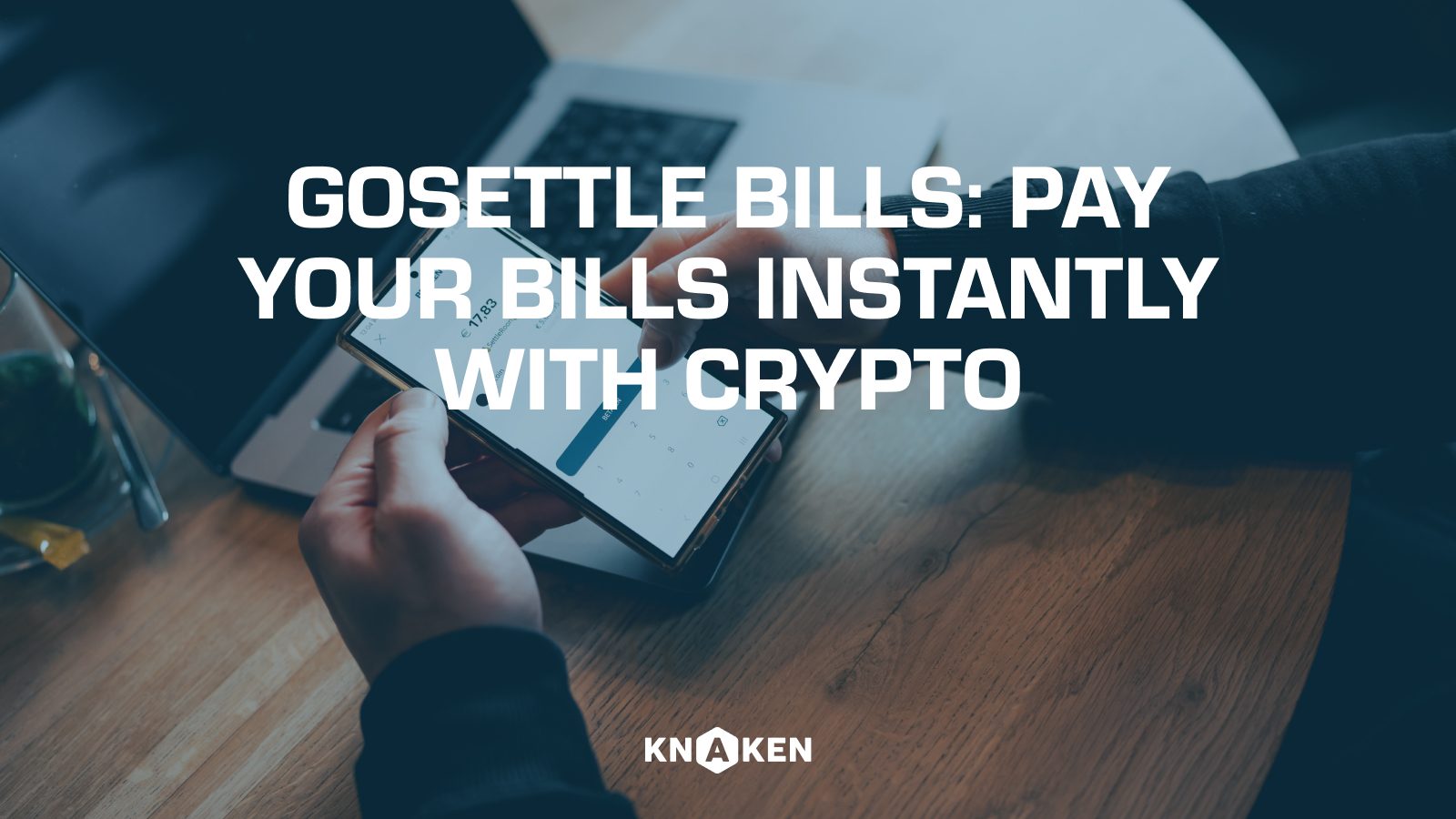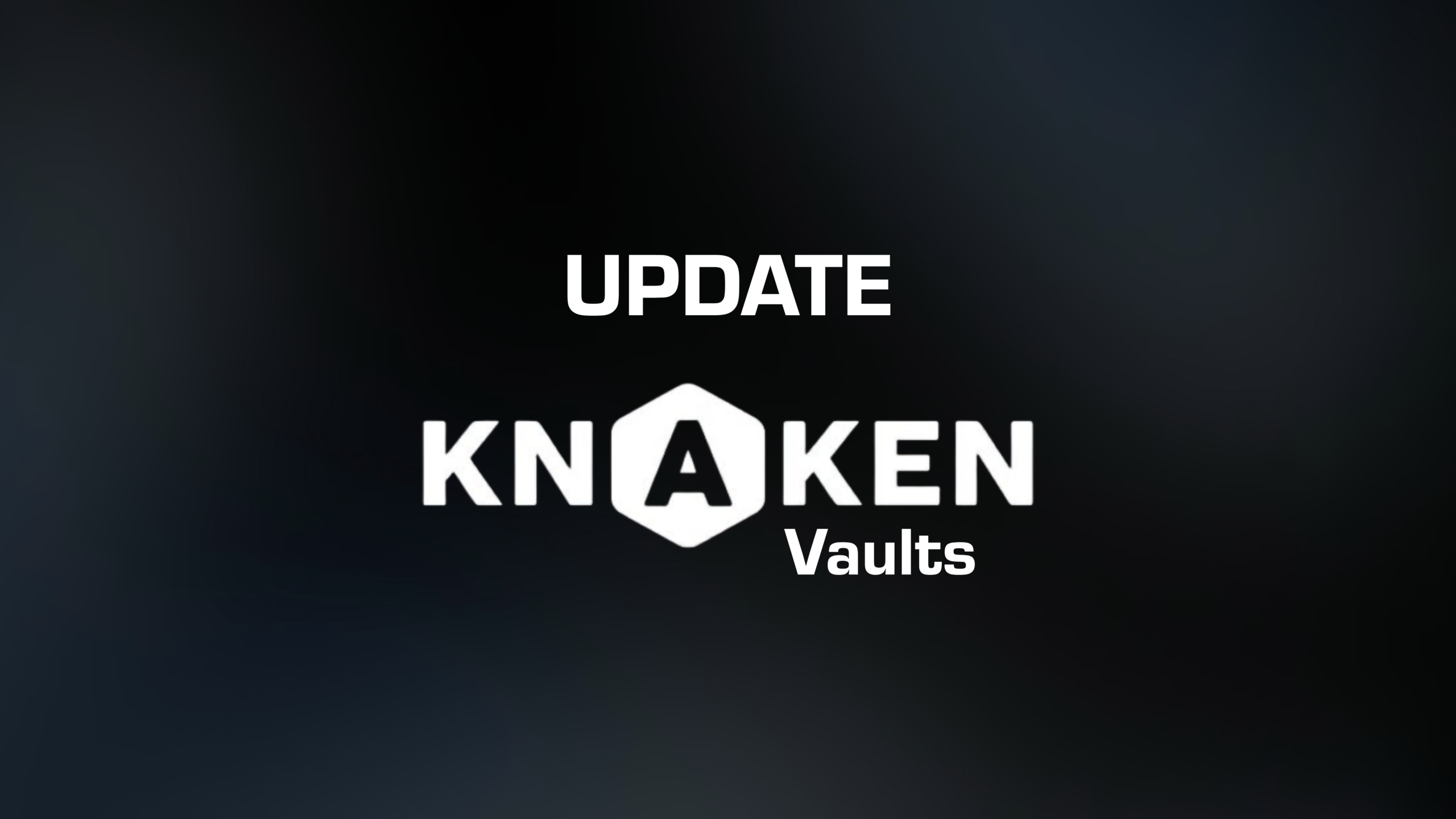Flash Loan Attack
Introduction
Flash Loan Attacks represent a significant vulnerability in the decentralized finance (DeFi) ecosystem. These attacks exploit the unique characteristics of flash loans, which enable users to borrow substantial amounts of cryptocurrency without any collateral, provided that the borrowed amount is returned within a single transaction. The instantaneous nature of these loans can be manipulated by malicious actors, leading to substantial financial losses for DeFi protocols and their users.
Understanding Flash Loans
Flash loans operate on the principle of uncollateralized borrowing, where the loan must be repaid within the same blockchain transaction. They are notable for being:
- Instantaneous: Loans are taken and repaid within a single transaction block, allowing for rapid execution of complex strategies.
- Uncollateralized: No collateral is needed for borrowing, as long as the loan is repaid almost immediately.
- Smart Contract Driven: Flash loans are executed using smart contracts, ensuring trustlessness and automation in DeFi ecosystems.
Mechanics of a Flash Loan Attack
Flash Loan Attacks typically involve several steps:
- Borrowing Funds: The attacker takes a flash loan from a lending platform, acquiring a large sum of cryptocurrency without the need for collateral.
- Manipulating Market Conditions: The attacker uses the borrowed funds to manipulate the price of a target asset. This may involve large buy orders or engaging in other transactions that distort the market.
- Exploiting Vulnerabilities: By leveraging the manipulated market conditions, the attacker can exploit vulnerabilities in decentralized exchanges (DEXs) or other DeFi protocols. Common exploit methods include:
- Liquidation Attacks: Inducing a liquidation event by manipulating collateral prices.
- Arbitrage: Taking advantage of price discrepancies across exchanges.
- Price Manipulation: Altering prices on one platform to benefit from lower prices on another.
- Repaying the Loan: After executing the exploit and obtaining a profit, the attacker repays the borrowed loan along with any fees, completing the transaction within the block.
Examples of Flash Loan Attacks
Noteworthy incidents of flash loan attacks highlight both the risks associated with the technology and vulnerabilities present in the DeFi space. Some prominent examples include:
- bZx Hack (2020): A notable attack where an attacker utilized flash loans to exploit a pricing vulnerability on the bZx protocol, resulting in significant financial losses.
- Harvest Finance (2020): An attacker exploited a flash loan to manipulate the price of various assets, extracting over $24 million from the protocol.
- Alpha Homora Exploit (2021): A flash loan attack that targeted the Alpha Homora protocol, resulting in a loss of $37 million due to vulnerabilities in the protocol’s price feed.
Preventing Flash Loan Attacks
To mitigate the risks posed by flash loan attacks, developers and protocols can adopt several strategies:
- Oracle Solutions: Utilizing decentralized or robust price oracles can help ensure accurate pricing data, reducing the potential for price manipulation.
- Liquidity Checks: Imposing limits on large trades or requiring sufficient liquidity can prevent flash loan attackers from easily executing their strategies.
- Time Locks: Implementing transaction delays or time-based constraints can thwart rapid manipulative trades that characterize flash loan attacks.
- Audit and Testing: Regular audits and thorough testing of smart contracts can identify vulnerabilities and strengthen security measures against potential exploits.
Conclusion
Flash Loan Attacks exemplify the inherent risks and vulnerabilities within the DeFi landscape. While flash loans provide innovative opportunities for liquidity and financial engineering, they also open doors for attackers to manipulate and exploit protocols. Awareness and proactive security measures are essential for developers and users alike to navigate the complexities of decentralized finance safely. As the DeFi sector continues to evolve, the implementation of best practices and security recommendations will be crucial in reducing the potential for flash loan attacks and enhancing overall ecosystem security.


















